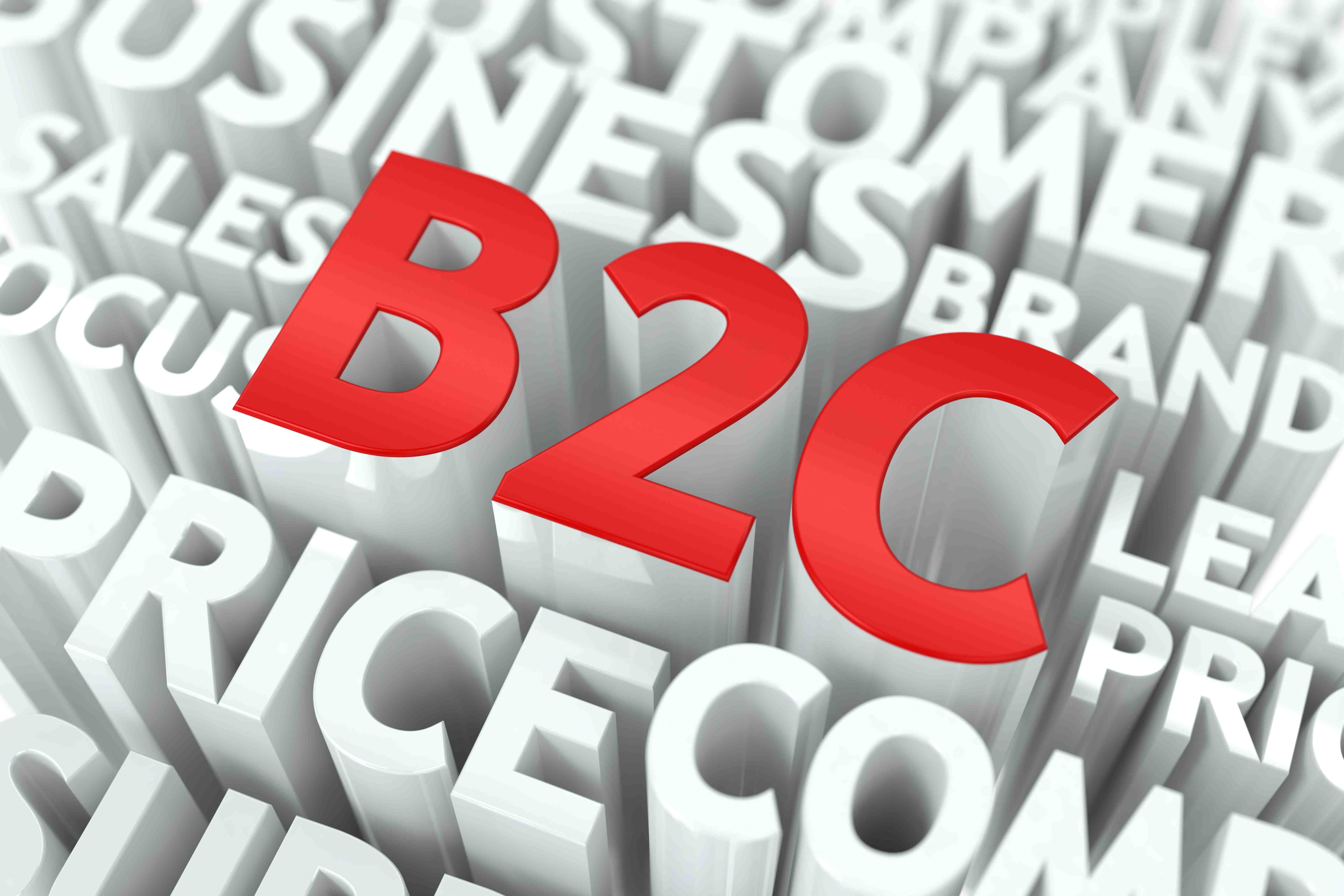In the competitive world of B2C e-commerce, search engine optimization (SEO) is a critical factor in achieving visibility, attracting potential customers, and driving conversions. For business owners seeking to grow their online stores, optimizing for SEO is an investment that can lead to sustained traffic and enhanced revenue. This article explores effective SEO strategies, the latest trends, and actionable tips to help B2C e-commerce websites thrive.
Table of Contents
- Understanding the Importance of SEO for B2C E-commerce
- Conducting Keyword Research for E-commerce
- Optimizing Product Pages for SEO
- Improving Site Architecture and Navigation
- Implementing Technical SEO for E-commerce
- Enhancing Mobile SEO
- Leveraging User-Generated Content
- Utilizing Content Marketing for E-commerce
- Latest SEO Trends for B2C E-commerce
- Conclusion
- About Don Hesh SEO
Understanding the Importance of SEO for B2C E-commerce
SEO is the driving force behind organic visibility, allowing e-commerce stores to reach customers searching for products without paying for ads. For B2C businesses, effective SEO translates to higher rankings, more targeted traffic, and improved conversion rates. Unlike paid advertising, the effects of good SEO can be long-lasting and compounding, creating a solid foundation for future growth.
Conducting Keyword Research for E-commerce
Keyword research is the bedrock of any SEO strategy. In the B2C e-commerce space, identifying keywords that reflect consumer intent is critical for driving traffic and conversions.
Actionable Steps:
- Use Long-Tail Keywords: These are often more specific, less competitive, and likely to convert better (e.g., “organic cotton baby clothes” instead of “baby clothes”).
- Incorporate Product-Specific Keywords: Target phrases that directly relate to your products’ unique selling points, such as “eco-friendly yoga mat.”
- Competitor Analysis: Identify high-performing keywords on competitor sites using tools like Ahrefs or SEMrush.
Optimizing Product Pages for SEO
Product pages are where conversions happen, making them crucial for SEO. Optimized product pages help improve search rankings, attract potential customers, and offer essential information that aids in the decision-making process.
Key Elements to Optimize:
- Unique Product Descriptions: Avoid duplicating manufacturer descriptions. Instead, write compelling, keyword-rich content that highlights the benefits and features.
- High-Quality Images and Alt Text: Optimize images for fast loading and add descriptive alt text with relevant keywords.
- Customer Reviews: Encourage reviews, which add unique content to your pages and can improve rankings.
Improving Site Architecture and Navigation
A well-organized site architecture ensures that both search engines and users can easily navigate through your e-commerce site. Proper site structure is essential for improving user experience and increasing the likelihood of conversions.
Best Practices:
- Category Pages: Use broad categories and subcategories to help users find products quickly.
- Breadcrumb Navigation: Implement breadcrumbs to allow users to track their location on the site.
- Internal Linking: Link related products and categories to help users discover more options and enhance SEO.
Implementing Technical SEO for E-commerce
Technical SEO addresses aspects of your website that impact its performance and searchability. By optimizing technical elements, e-commerce sites can boost page speed, crawlability, and overall user experience.
Key Technical SEO Elements:
- Page Speed: Use tools like Google PageSpeed Insights to identify areas where loading times can be improved.
- Structured Data: Implement schema markup for products, which can help generate rich snippets that display price, availability, and ratings in search results.
- XML Sitemap: Create and submit an XML sitemap to ensure search engines index all your product pages.
Enhancing Mobile SEO
With a significant amount of online shopping now occurring on mobile devices, optimizing your B2C e-commerce site for mobile SEO is crucial for capturing a wider audience.
Mobile SEO Tips:
- Mobile-Friendly Design: Ensure that your site is responsive and adapts to different screen sizes.
- Streamlined Checkout Process: Simplify mobile checkouts to reduce cart abandonment.
- Optimize for Voice Search: Many mobile users use voice search, so consider adding conversational, question-based keywords.
Leveraging User-Generated Content
User-generated content (UGC) such as reviews, testimonials, and social media mentions can greatly enhance your site’s SEO while adding authenticity.
Benefits of UGC:
- Improves Content Freshness: Regularly updated content is favorable for SEO.
- Increases Engagement: Customers are more likely to trust reviews from other customers.
- SEO-Friendly: UGC naturally incorporates keywords and variations, helping with long-tail SEO.
Utilizing Content Marketing for E-commerce
Content marketing is a powerful tool for driving traffic to B2C e-commerce sites. By creating valuable, relevant content, you can attract a broader audience and improve your search rankings.
Content Ideas for E-commerce:
- Product Guides and Comparisons: Educate potential customers on how your products stand out.
- Blog Posts: Write about topics relevant to your industry, products, or seasonal trends.
- Videos: Engage customers with video content like product demonstrations or testimonials.
Latest SEO Trends for B2C E-commerce
Staying informed on SEO trends helps B2C businesses stay ahead of competitors. Here are some recent trends that can make a difference in your e-commerce strategy.
1. AI-Driven SEO
Tools like ChatGPT and Google’s BERT update make it easier to analyze and create targeted content based on audience interests and search behavior.
2. Visual Search Optimization
With the rise of image-based searches, optimizing product images for search has become increasingly important. Platforms like Pinterest and Google Lens highlight the importance of image SEO.
3. Video SEO
Video content ranks well on search engines and is an engaging way to showcase products. Hosting videos on YouTube and embedding them in product pages can enhance SEO.
4. Core Web Vitals
Google’s Core Web Vitals focus on user experience metrics like loading speed, interactivity, and visual stability. Optimizing for these can improve rankings and user satisfaction.
Conclusion
Building a successful SEO strategy for B2C e-commerce involves understanding your audience’s search behaviors, optimizing key elements of your website, and staying updated on SEO trends. By focusing on product page optimization, technical SEO, content marketing, and the latest trends, e-commerce businesses can improve visibility, drive organic traffic, and increase conversions. Implementing these strategies can help B2C businesses grow their customer base and maximize their online store’s potential.
About Don Hesh SEO
Don Hesh SEO is a leading SEO consultant and Google Ads consultant dedicated to helping businesses enhance their online presence and drive organic traffic. Our expertise in AI-driven SEO strategies ensures that your business stays ahead of the competition. Partner with SEO Sydney to leverage the latest AI technologies and achieve your SEO goals efficiently and effectively.



